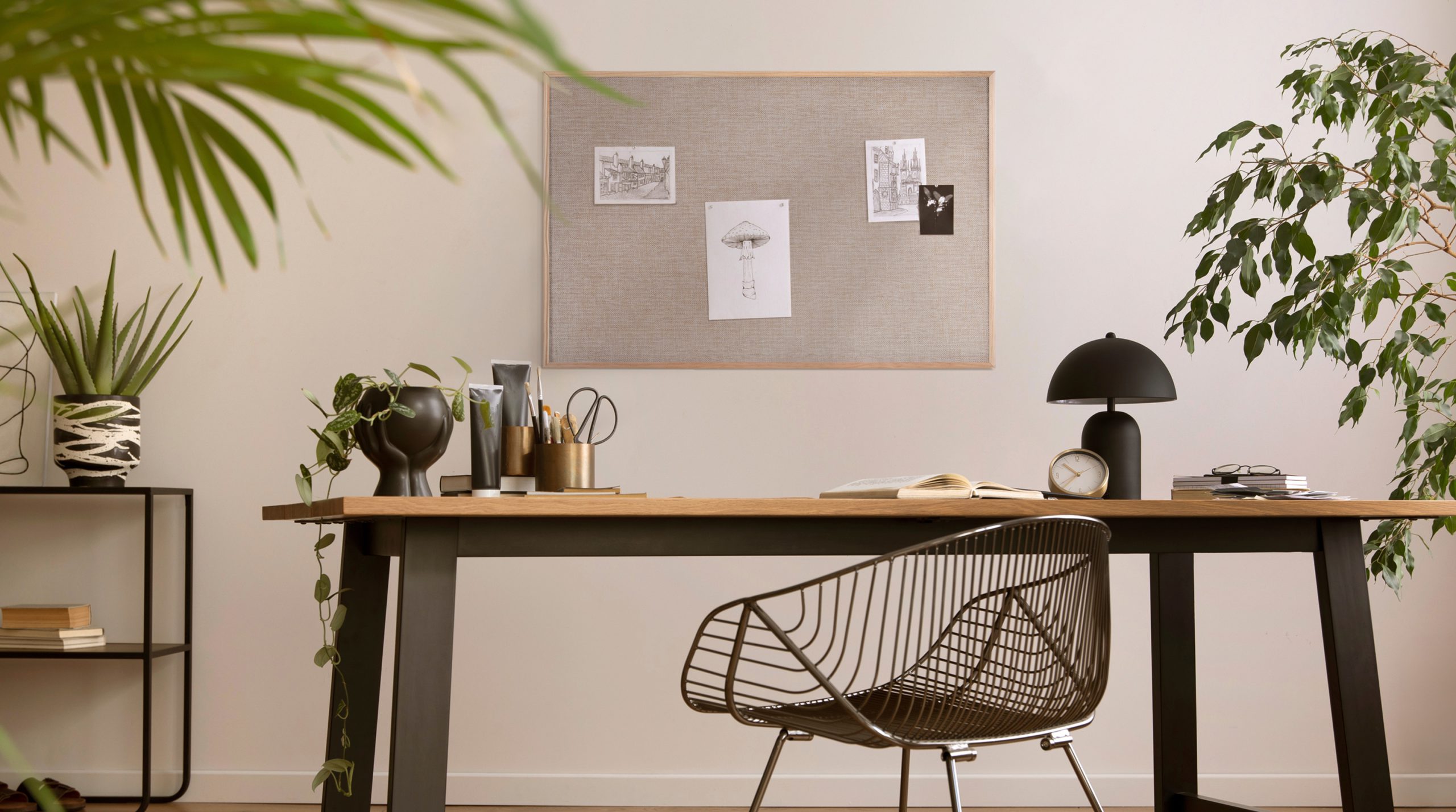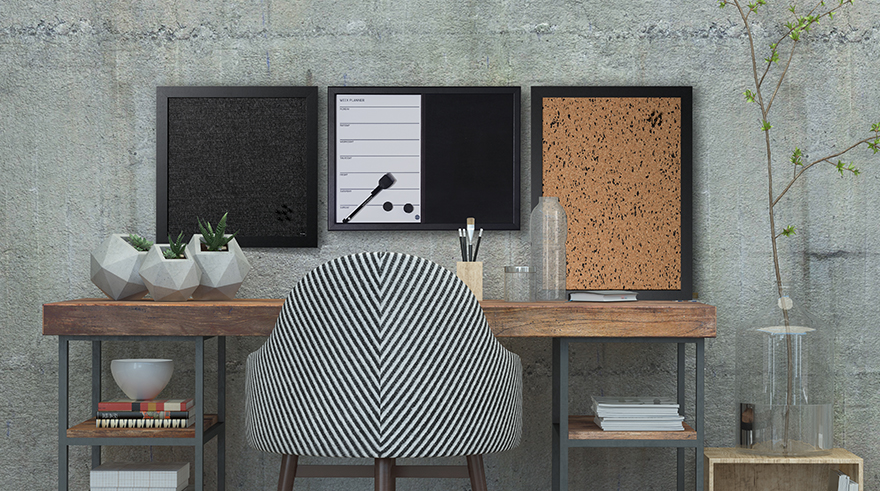
In a world where efficiency and creativity are key, colour boards are emerging as game-changers in education and the workplace. Beyond their aesthetic appeal, they offer powerful tools to organise ideas, boost creativity, and enhance communication. Here’s how integrating colour into your whiteboards can transform your learning and productivity experiences.
The Meaning of Colours
Blue: Represents trust, calmness, and professionalism, perfect for long-term strategic planning or team collaboration. It encourages a serene learning environment, helping students remain calm and attentive.
Green: Symbolises growth and balance, great for tracking progress or celebrating achievements. Promotes positivity, often used to reinforce solutions or highlight positive outcomes in problem-solving exercises.
Yellow: Sparks creativity and optimism, making it ideal for brainstorming sessions and innovation hubs. It inspires curiosity and focus, helping individuals approach new ideas with enthusiasm.
Orange: Exudes energy and dynamism, motivating teams and driving enthusiasm during collaborative projects. Encourages active participation, ideal for group activities or creative workshops.
Pink: Conveys compassion and creativity, ideal for fostering teamwork and adding a gentle, approachable touch to presentations. Encourages calmness and collaboration, making it an excellent choice for group activities and emotional harmony.
Brown: Represents stability, reliability, and grounded thinking, making it ideal for detailed planning or team discussions. It adds a natural and comforting tone, promoting focus and reducing distractions.
Beije: Neutral and calming, perfect for creating an uncluttered, professional environment. It offers a soothing backdrop, reducing overstimulation and helping learners concentrate on key concepts.
The Benefits of Using Colour on Whiteboards
#1 Improved Organisation
Colours allow you to categorise information intuitively and visually, making complex ideas easier to follow. Assigning specific colours to topics or tasks reduces confusion and streamlines workflows.
#2 Boosted Creativity
Studies reveal that exposure to vibrant colours enhances brainstorming sessions by stimulating the mind. Bright hues such as yellow or orange encourage innovative thinking, particularly in collaborative environments.
#3 Enhances Retention
Our brains are wired for visual stimuli, and colour reinforces memory. Categorising notes or concepts by colour helps learners and team members recall information more effectively, making it ideal for educational and coaching environments.
#4 Effective Communication
In meetings and presentations, using colour boards to highlight key points ensures that your audience focuses on what matters most. Red emphasises urgency, while blue fosters confidence and professionalism.
#5 Increase Motivation
Colourful workspaces foster a positive atmosphere, encouraging active participation. They make environments more dynamic and engaging, maintaining energy levels high during lessons or collaborative projects.
Integrating colours into your learning and work environments is more than an aesthetic upgrade – it’s an investment in creativity, organisation, and productivity. Whether you’re inspiring students or leading teams, the strategic use of colour can transform the way you communicate and achieve your goals.
Are you ready to embrace a colourful future? Let color boards be your ally in creating environments that motivate, engage, and inspire!


